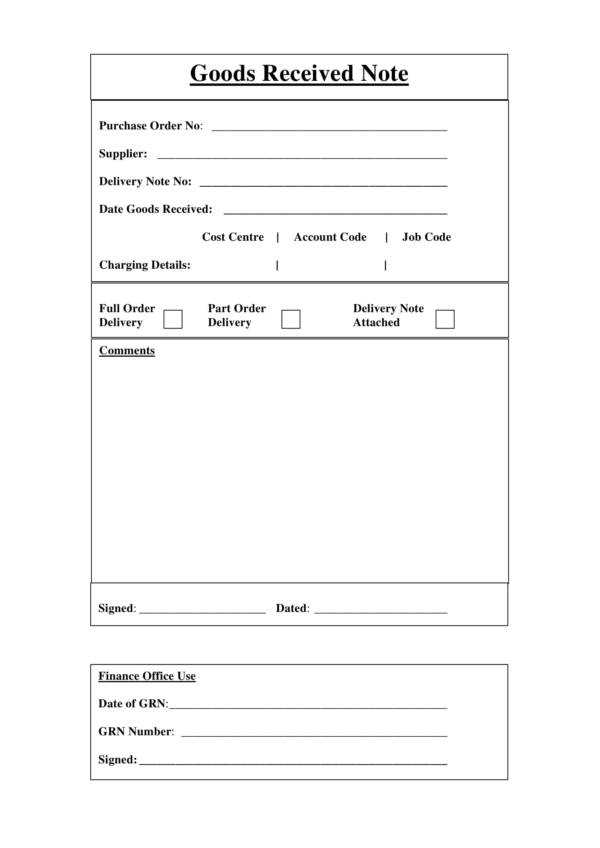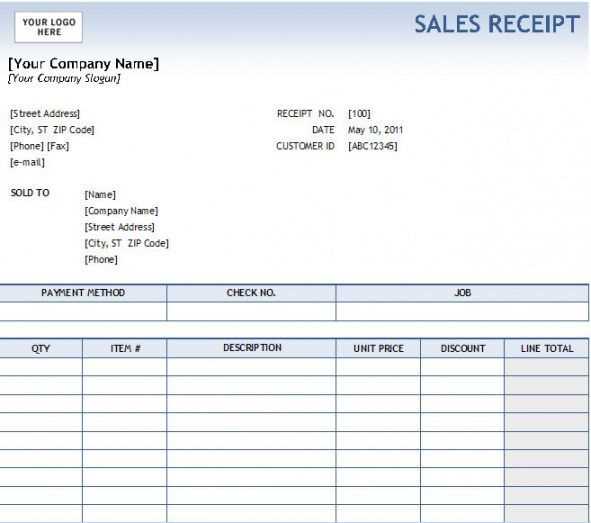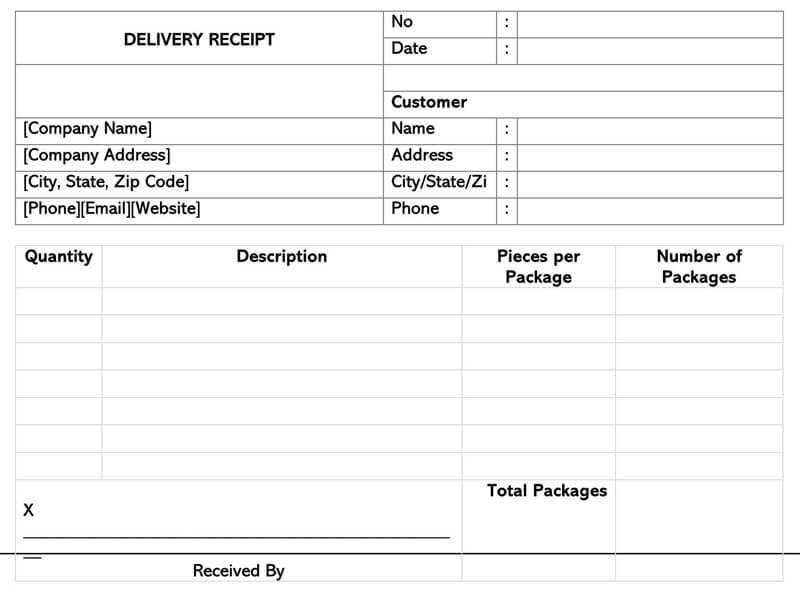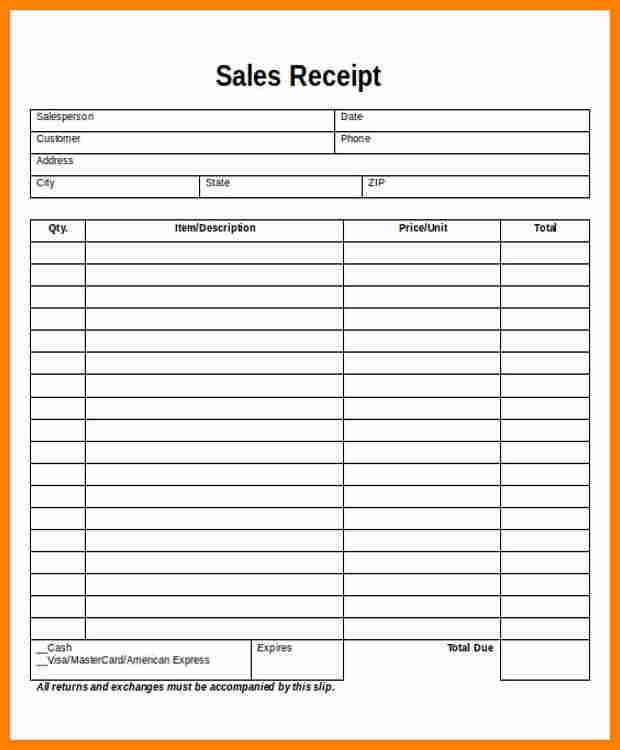
To create a clear and organized customer receipt of goods, start by including all relevant transaction details. A well-structured template ensures that both the seller and the customer have a complete record of the purchase, reducing confusion and improving customer trust.
The receipt should list the date of purchase, item descriptions, quantities, and unit prices. These elements help both parties verify what was purchased. Don’t forget to include the total amount and any applicable taxes or discounts. Providing clear and accurate totals can prevent misunderstandings and keep transactions transparent.
Additionally, add a unique transaction ID or receipt number to make it easy to track purchases in the future. This is especially useful for returns, exchanges, or warranty claims. A space for the payment method can also be helpful for record-keeping, allowing both parties to refer back to the payment details if needed.
Lastly, a well-designed receipt template should feature the company’s name, address, and contact information so that the customer can reach out if any issues arise. A professional and easy-to-read format adds credibility to your business and assures customers they are dealing with a reliable company.
How to Include Detailed Product Information on the Receipt
Provide clear, specific details about each product purchased. Start with the product name, followed by the model number or SKU to ensure precise identification. Include the quantity, unit price, and total price for each item to give customers a complete breakdown of their purchase. Make sure the format is easy to read and aligned correctly.
Break Down Each Product’s Features

For certain products, you can add brief details like size, color, or specifications. This is especially helpful for items with multiple variants. Avoid overcrowding the receipt with too much information–focus on key differentiators that help customers recall their purchase quickly.
Include Date and Time of Purchase

Always show the date and time of the transaction next to the product information. This helps customers track their purchases and return items if needed. Adding the transaction number or receipt ID further enhances traceability.
Key Legal and Tax Information to Add to the Receipt
Include your business’s legal name and tax identification number (TIN). This information makes it clear who is issuing the receipt and allows for easy verification in case of audits. Make sure the name matches your official registration records.
If applicable, state the business’s VAT (Value Added Tax) number. This is crucial for transactions involving VAT, especially in countries where this tax is collected on sales. Clearly separate the VAT amount from the total price to ensure transparency.
Refund and Return Policy
Clarify your refund and return policy on each receipt. Specify the time frame in which returns are accepted and any conditions for refunds. This ensures customers understand their rights and helps avoid confusion or disputes later on.
Applicable Tax Rates
Include a breakdown of any taxes applied to the purchase, such as sales tax or other relevant taxes. List the percentage rate used, and if necessary, indicate which items are tax-exempt. This not only complies with tax laws but also provides customers with transparency about the total cost.
Designing a Clean and Readable Receipt Layout

Use clear fonts with consistent size and style throughout the receipt. Stick to one or two fonts to maintain uniformity. Sans-serif fonts like Arial or Helvetica are highly readable and look clean. Ensure text is large enough to read easily without straining the eyes, especially for totals and important details.
Organize Information with Clear Sections

Divide the receipt into well-defined sections for ease of reading. Group related information like the store name, items purchased, and total price in distinct areas. This helps customers find the information they need quickly. Use spacing or borders to separate each section clearly.
Use Visual Hierarchy for Key Details
Highlight key details such as the total amount, payment method, and date by using bold text, larger fonts, or slight color variations. This draws attention where it’s needed most without overwhelming the rest of the information.
Avoid clutter by limiting the amount of text. Keep item descriptions concise, and focus on the necessary details like price, quantity, and any applicable taxes. This ensures that the receipt is quick to read and easy to understand.


